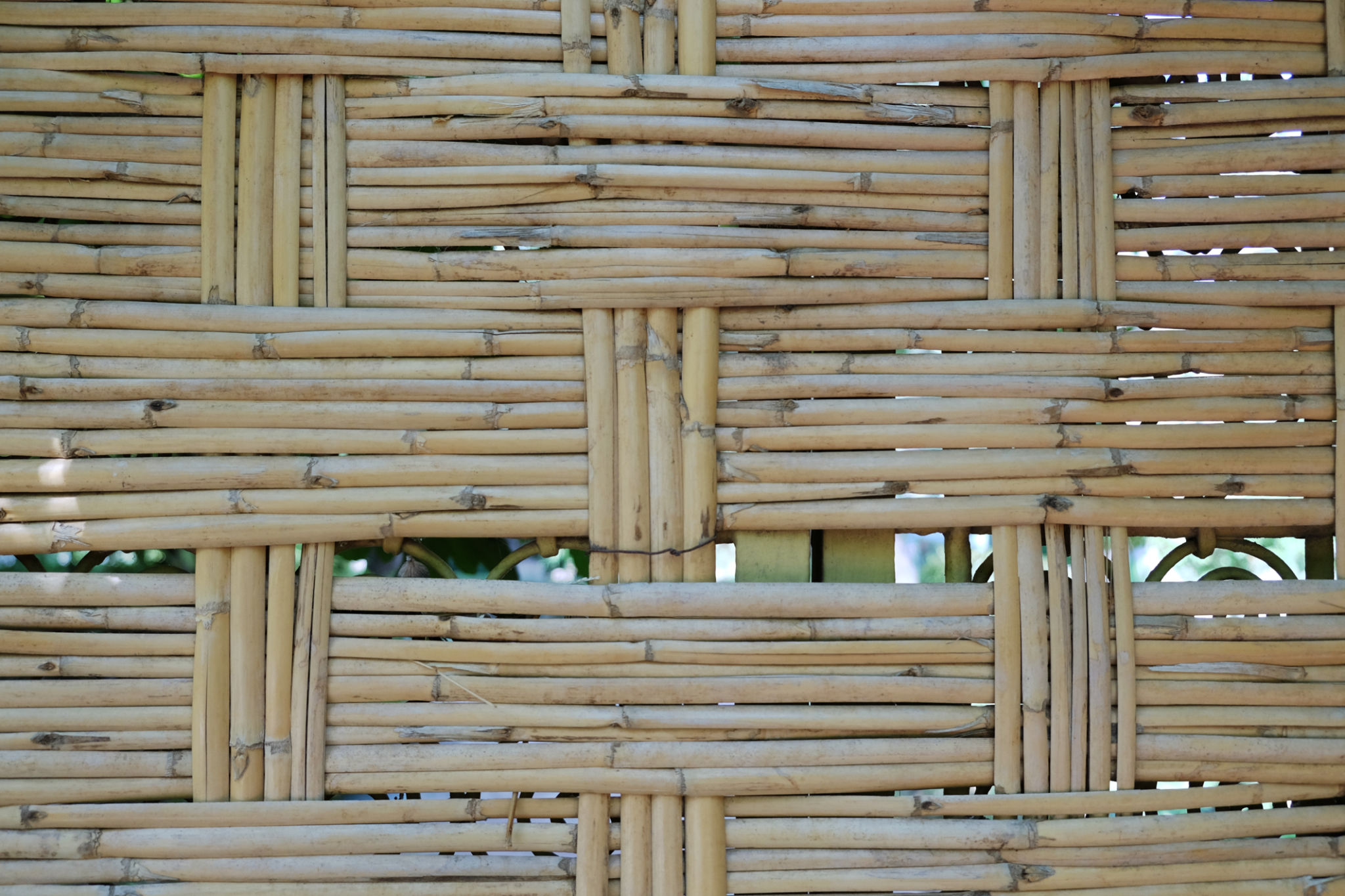Expert Insights: Trends in Sustainable Architecture Across the MENA Region
Introduction to Sustainable Architecture in MENA
The Middle East and North Africa (MENA) region is witnessing a transformative shift towards sustainable architecture. As environmental awareness grows, architects and developers are focusing on eco-friendly designs to combat the challenges posed by urbanization and climate change. This trend not only caters to environmental needs but also aligns with cultural and economic objectives.

Embracing Renewable Energy
A significant trend in sustainable architecture across the MENA region is the integration of renewable energy sources. Solar panels and wind turbines are becoming common features in new buildings. Countries like the UAE and Morocco are leading the way with ambitious projects that aim for net-zero energy consumption.
Incorporating renewable energy not only reduces reliance on fossil fuels but also significantly cuts down on operational costs. This makes sustainable buildings economically viable in the long run, attracting investors and developers alike.
Solar Energy Initiatives
Solar energy is a particularly popular choice in the MENA region due to its abundant sunshine. Many buildings are now equipped with photovoltaic panels that convert sunlight into electricity, powering everything from lighting to air conditioning systems.

Water Conservation Techniques
Water scarcity is a pressing issue in the MENA region, making water conservation an essential component of sustainable architecture. Innovative solutions such as greywater recycling systems and rainwater harvesting are being integrated into building designs to minimize water usage.
These systems not only help in conserving water but also reduce the burden on local water resources, ensuring availability for future generations. Architects are increasingly using drought-resistant landscapes to further conserve water.
Green Roofing Solutions
Green roofs are gaining popularity as they offer a natural way to manage stormwater, reduce urban heat, and improve air quality. By using native plants, these roofs require minimal maintenance and water, making them an ideal choice for sustainable buildings in the region.

Use of Local and Recycled Materials
Another trend in sustainable architecture is the use of local and recycled materials. This not only reduces the carbon footprint associated with transporting materials over long distances but also supports local economies.
Materials such as clay, stone, and sand, which are abundantly available in the region, are being used creatively to design structures that are both aesthetically pleasing and environmentally responsible.
Sustainable Urban Planning
Urban planning is evolving to create cities that are not only sustainable but also livable. Mixed-use developments, pedestrian-friendly streets, and efficient public transport systems are becoming integral to new urban projects. These developments aim to reduce car dependence and promote healthier lifestyles.

Conclusion: The Future of Sustainable Architecture
The trends in sustainable architecture across the MENA region reflect a growing commitment to environmental stewardship and sustainable development. As technology advances and awareness increases, the region is poised to set new benchmarks in sustainable design and construction.
By continuing to embrace these trends, the MENA region can achieve a harmonious balance between modernization and sustainability, ensuring a better quality of life for its inhabitants while preserving the environment for future generations.